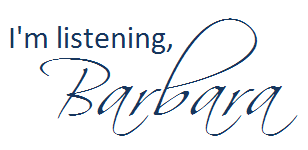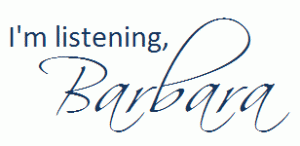
This week, spend some time learning on your own about using Twitter. Here are a few ways to learn. We’ll talk more about Twitter next week in class. Be sure to follow the directions in Step 4 so you “take attendance” for class this week; you can send the required tweet/message anytime before midnight on Saturday.
Step 1: Watch
If you haven’t seen it already, watch Twitter in Plain English, made by the folks at Common Craft:
Step 2: Watch
Then watch the Inbound Marketing University webinar titled “Twitter for Business,” led by Laura Fitton (@pistachio on Twitter) OR “Twitter for Business” led by Paul Gillin (@pgillin on Twitter). You don’t have to watch both, unless you’d really like to see two different perspectives on using Twitter.
Twitter for Business from Paul Gillin on Vimeo.
Step 3: Read
Read my post 10.5 Ways for PR Students to Get the Most Out of Twitter.
Step 4: Subscribe
Set Up Your Twitter Account
- Go to Twitter. Click Get Started, and sign up. I prefer it if you use some version of your first and last name as your Twitter ID. (Avoid putting numbers in your Twitter ID, or you may appear like a spammer.)
- Upload a photo or avatar.
- Write a brief (160-character or fewer) bio. It’s good to mention that you’re a PR student. Consider mentioning your university.
- Send a tweet saying “I’m a student in @barbaranixon’s #COMM2322 /#COMM2423”. (Use the correct number for your class.) Be sure to include the #xxx1234 indicator, with no spaces between the hashtag (#), letters and numbers. It is by you sending this tweet that I will “take attendance” on Monday/Tuesday.
Step 5: Follow
Follow the people I recommend in my Starter Pack for PR Students list: — at least for the duration of this semester. I will also create lists for students in each of my classes (but I cannot do this until I have all your Twitter IDs.)
Additional Information
- If you already have a Twitter account that you use primarily for social (not educational or professional) reasons, you may wish to create a fresh, new account for this class and professional reasons.
- Review your notes on Twitter: What’s In It For Me (a presentation I shared in class with you in September).
- Review my tips on Choosing Whom to Follow on Twitter: My Strategy.
- Review Prof. Sam Bradley’s College Student’s Guide: Twitter 101.
- Review The Anatomy of a Tweet: What Do All Those Symbols Mean?
- I find using the web interface for Twitter to be clunky. I prefer using TweetDeck, a free Adobe Air app that works great on PCs and Macs. TweetDeck makes it really easy to send URLs via Twitter, as it automatically shortens them for you.
- I’ll occasionally post information on Twitter and use the hashtag for your class (#COMM2322 or #COMM2423).By using this hashtag, I’m indicating that I want students in this class to pay special attention to the tweet.
- If you’d like to publicize your blog posts via Twitter, you can it automatically in WordPress.
If you’re a college student, especially a college student majoring in public relations, I’d love to hear how you have benefitted by using Twitter.







